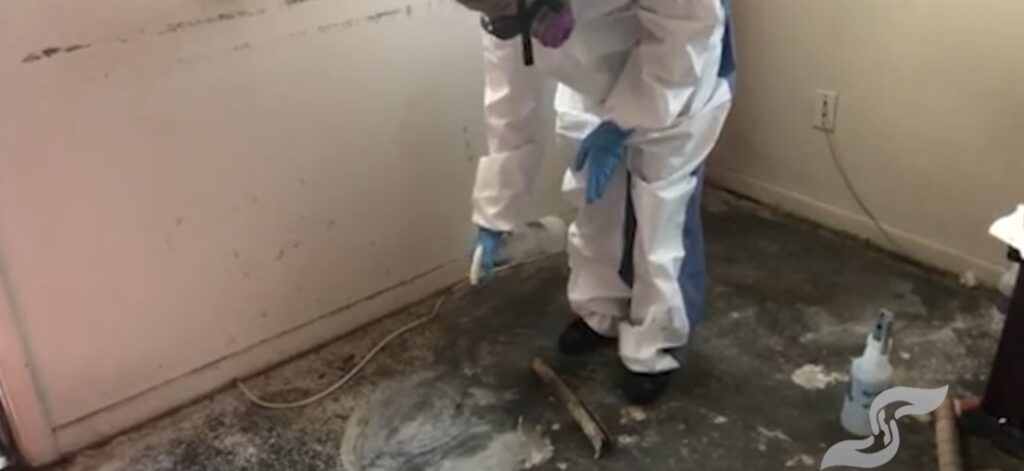
Biohazard Cleanup, With gusto, let’s change the style of the content we are going to work on, in this time adding more emotions, tone, and punctuation wherever required:
Biohazard Cleanup Necessary Evil
Biohazard cleanup… This is a job, most of the people will shudder at. One has to take care of the unthinkable – blood, fluids, etc., that may pose health risks due to infection. 😖
The Perils of Contamination
These contrasting perceptions may be alarming considering what biohazard cleanup entails. ⚠️ One foul slip and you may be hurting with a contagious condition such as HIV/AIDS, Hepatitis B or C or Tuberculosis. 🦠 The inhalation of airborne particles can also trigger the onset of respiratory ailments or other trace health effects. It is a dangerous work, and in no way am I recommending it.
Defining the Beast: Biohazard Cleanup
So, how do you define biohazard cleanup? It’s cleaning up and disposing of contaminated items or materials such as human waste, dirty syringes, and any other infectious materials. 🤢 Well. Think of it as spring cleaning – a bit on the extreme side, where instead of tire some dust bunnies, poisonous viruses are what yo are fighting against.
Staying Safe in the Danger Zone
How do we ensure safe in a very dangerous situation? 🤔 Knowledge is the reason! 🗝️ Every personnel who is engaged in biohazard cleanup ought to be knowledgeable of the kinds of hazards they are likely to come across and risk control techniques that are appropriate to utilize.
Putting on gloves, wearing surgical masks, and putting on goggles and coveralls are a few examples of personal protective equipment (PPE.) It is similar to getting ready for the fight against an unseen terrorist. 🦠 Stay on guard, because biohazards propagate very quickly, thus any time one is going to take precautions.
” LOOKS LIKA THE GRIM REAPER’S PLAYGROUND: Hazardous Health Risks
There are many health risks that pose potential to those involved in the biohazard cleanup. There is always the risk of being exposed to poisonous substances or diseases. ☠️ Cuts and lacerations from sharp objects do bring the risk of getting infecting. Respiratory disease can be a result of inhalation of toxic dust. It is a high risk at the high stakes.
My Instructions were Clear, GEAR UP!: Types of Required Safety Equipment/Protective Equipment
Protective clothing and labor-saving devices can be regarded as your personal armor against the enemies. Anyone who is in biohazard cleanup is considered a hazard and this is why it’s very important. Gloves, face masks, goggles, coveralls and shoe dainties are just a fraction of equipment that works towards your safety. Blood and other bio fluids have to be cleaned up with disinfectants e.g. bleach or alcohol before such surfaces are sanitized.
24 Other Sites Like 123 Movies That Work(Opens in a new browser tab)
High-Stakes Game, Study for High-Risk High-Reward Investments(Opens in a new browser tab)
Top 10 Highest Valued Currencies in the World in 2024
What’s By All Means, Make a Point of Avoiding to Do!
When it comes to biohazard cleanup, any mistakes made can be quite disastrous. 💥 Here are a few common pitfalls to avoid:
Disregarding the importance of personal protective equipment: This is akin to storming into an animal outpost without any means of self defense. 🦁
Applying certain chemicals in an indistinct manner: Such may result in dangerous chemical reactions or non-adherence to safety measures. 🧪
Failure to comply with the laws of the land: This may lead to fines and other forms of punishment. 👮♀️
Trying to get the job done under time constraints: Take your time and employ double checking during every stage of work.
Disclaimer: It information Is Information Purpose Only
In Conclusion
Cleaning up after biohazardous accidents should be done as it is needed, but everyone would agree that it is a dangerous task. Its like engaging the devil in a dance. One little mistake on your part and you will be set on fire. 🔥 It is however quite possible to take the appropriate steps to preventing most of the risks and staying out of harm’s way, if the consultant has sufficient training, risk awareness and the client pledges for a protective gear. 💪
This is to say that as you handle biohazard, better be safe than sorry. 😉